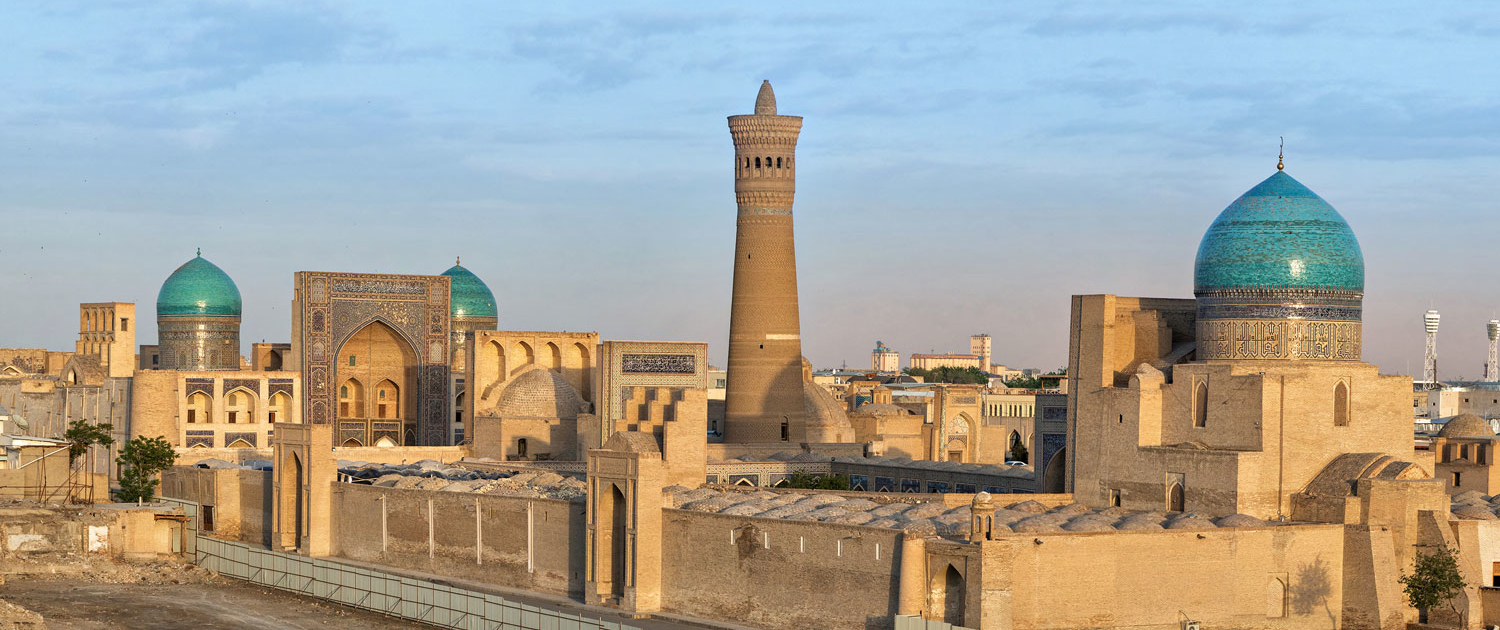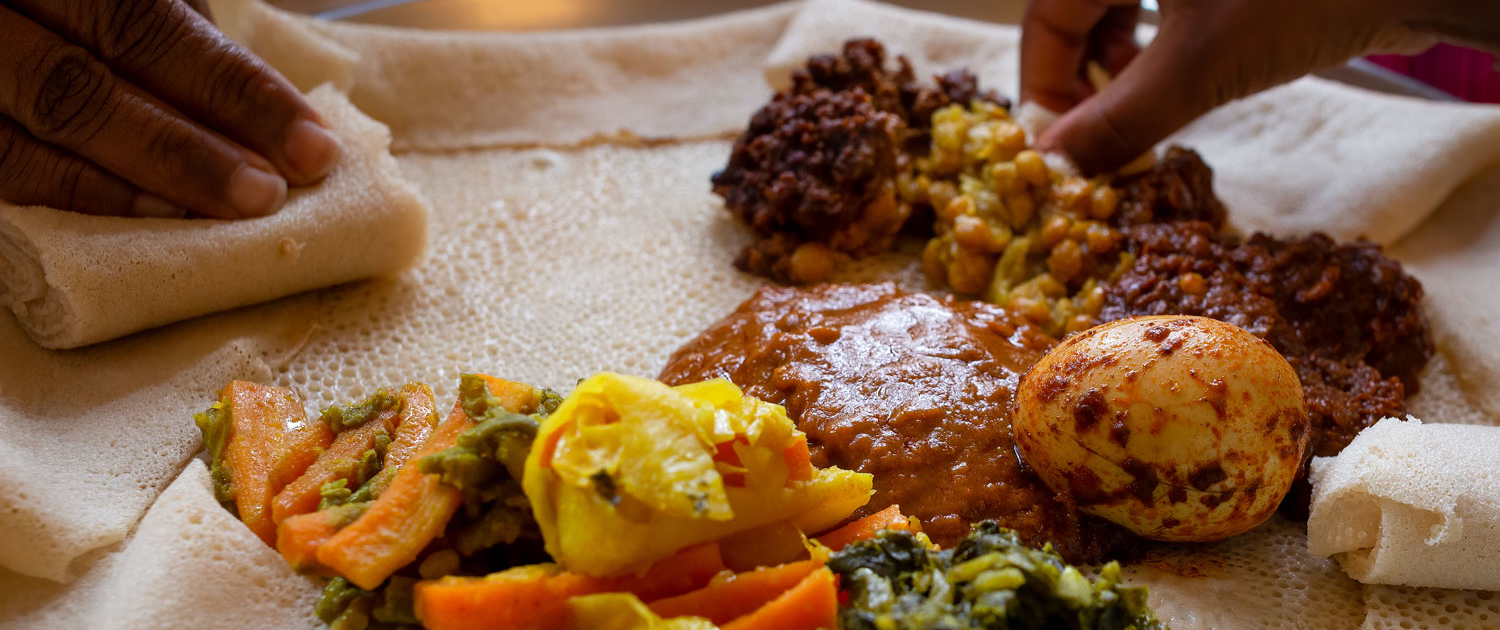Besides the story of the Maccabees and the miracle of the oil lasting for eight days, Hanukkah is mostly known for its traditions of candle-lighting, spinning dreidels, chocolate coins wrapped in gold foil, yummy jelly doughnuts called sufganiyot in Israel, potato latkes, and gift-giving. But did you know many of these fun traditions stem from only one stream of Jewish culture from the diaspora? That’s right! The European Ashkenazi Jewish tradition largely popularized the celebrations of Hanukkah as observed in the United States and even in Israel today. Have you ever wondered how Jewish cultures from other parts of the world celebrate(d) this holiday—or didn’t celebrate it? Here are a few fascinating different traditions (and delicious must-try recipes) for celebrating Hanukkah according to very diverse Jewish communities around the globe!
Yemenite and North African Jews

Chag HaBanot (Hebrew for Festival of the Daughters) is a celebration of women that was observed in Yemenite and North African Jewish communities on the seventh night of Hanukkah. Although Chag HaBanot or Eid Al Banat in Judeo-Arabic has largely ceased to be an active holiday, it is best kept and still preserved by the Tunisian Jewish communities today, while others are reviving these customs. This night is filled with singing, dancing, and lighting of the hanukkiah (special menorah for Hanukkah) in commemoration of Jewish heroines like Hannah and Judith, whose fights against assimilation appear in the books of Maccabees. In countries like Algeria, Libya, Tunisia, and Morocco, many Jewish communities held a dairy feast in honor of Judith. According to the story, Judith offered the Syrian Greek general, Holofernes, cheese and wine, leading him to believe that she would help him and his army take the city of Bethulia. Once Holofernes became drunk, Judith beheaded him, causing the rest of his soldiers to flee in terror, which then revived the morale of the Maccabean fighters. During this feast, women would go to synagogue to touch the Torah and pray for their daughters’ health (and all women in their families); young and old women would dance with each other; and reconciliation between women would take place.
Bukharan Jews

Considered one of the world’s oldest diaspora groups, the Bukharan Jews are said to have first arrived in the modern-day countries of Uzbekistan and Tajikistan during the Babylonian exile in 586 bce. The Bukharan Jewish community celebrates Hanukkah with a flat menorah requiring oil and cotton wicks instead of candles. The musical tunes for prayers also greatly differ from other Jewish communities. Called shashmaqam, or “six notes,” they shared their music not only with the many Jewish communities in both Uzbekistan and Tajikistan but also with Muslims. Bukharan Jewish people honor the Hanukkah tradition of eating fried foods (to commemorate the miracle of the oil, which lasted eight days in the Temple) by enjoying fried “twig” cookies, called hushquiliq, whose key ingredients are oil and vodka!
Ethiopian Jews

Even though the events of Hanukkah predate Jesus’ birth by more than 150 years, it is considered a “modern” Jewish holiday in the mind of Ethiopian Jewry because they only recently learned the story of Hanukkah. Beta Israel existed for fifteen centuries in Ethiopia. For more than 2,000 years, these Torah-observant Jewish people lived isolated and disconnected from other Jewish communities. Most of the world was not aware of the Jewish people who existed in Ethiopia for all those centuries. When the Ethiopian Jewish community reunited with the greater Jewish population, they adopted similar Hanukkah traditions. A traditional Ethiopian spicy chicken dish called doro wat also became a popular Hanukkah dish served with a holiday bread called dabo.
Columbian Jews

In Columbia, one Jewish community popularized a new Hanukkah tradition. Chavurah Shirat Hayyam, a group in Santa Marta, substitutes Hanukkah’s traditional potato latkes with fried plantains, called patacones.
Italian Jews

Similar to the traditional sufganiyot (doughnuts) served on Hanukkah, Italian Jews have a special Hanukkah dessert called precipizi, which are fried honey balls made with flour, eggs, and rum. The dough is lightly sweetened, infused with olive oil, fried, and dipped in honey.
Hungarian Jews

Besides the Hanukkah celebrations that take place in Israel and the United States, Budapest is perhaps next in line to offer massive celebrations for the Festival of Lights. Every year, the city hosts the “Quarter 6 Quarter 7 Festival,” named after Budapest’s historic Jewish district in District VI and VII. For eight whole days, people celebrate with flash mobs, concerts, theatrical performances, and, as always, oil-saturated Hanukkah delights at local restaurants.
Perhaps this year you can add some new traditions and flavors to your Hanukkah celebrations. Happy Hanukkah!

Sign up to receive our email newsletters
Get the latest news from Israel, insights from Dr. Mitch Glaser, international ministry reports, as well as videos and podcasts, downloadable resources, discounts in our online store, and much more!
